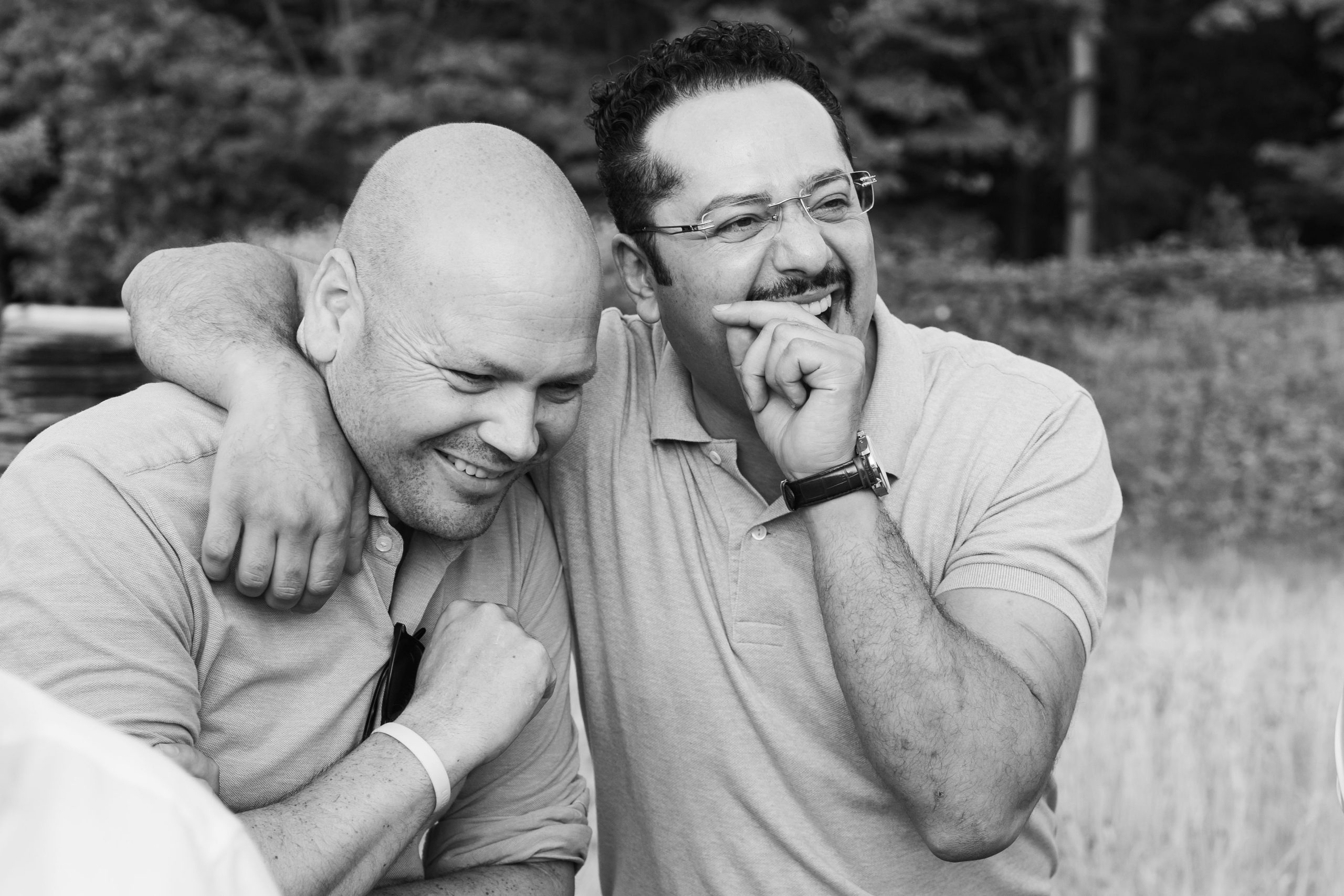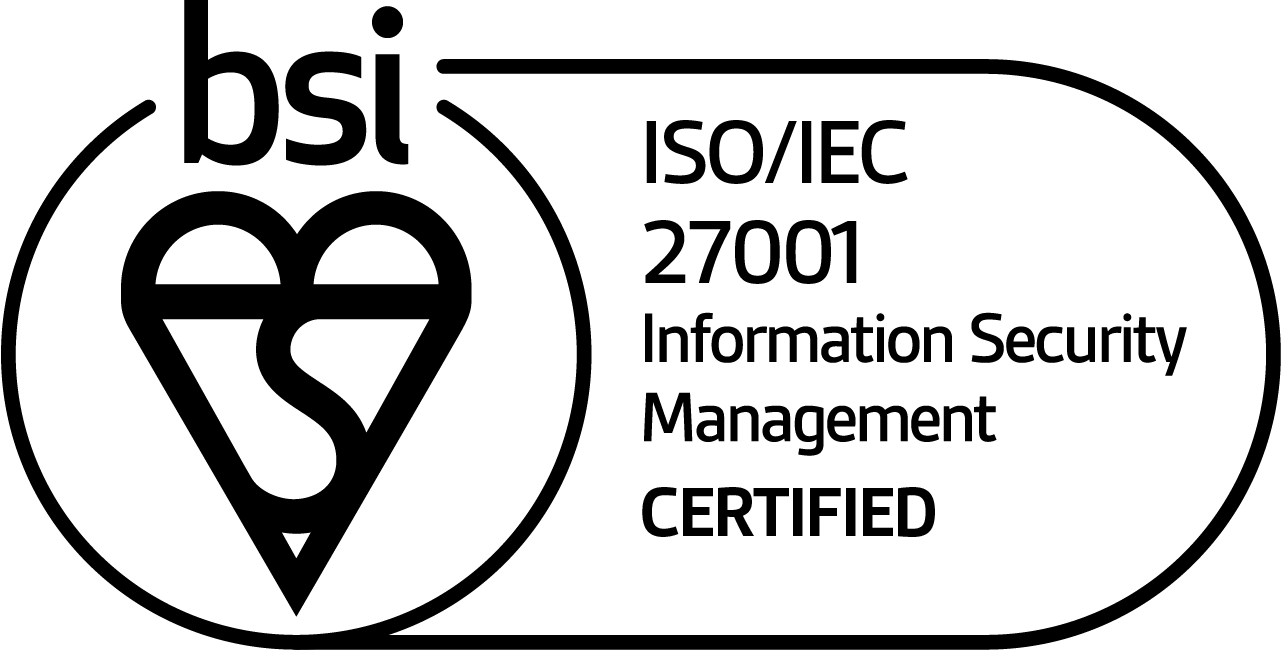
Credit management is an art, not a science
- Omar Ayubi | Credit Manager | Tabs Holland N.V.
Your memory will always live on in our thoughts. Your wisdom and insights will continue to inspire us.
The management and staff of CreditDevice and DirectDevice will never forget you.
This customer case was compiled in 2019, based on an interview with Omar Ayubi, then credit manager at Tabs Holland.
“Credit management is an art, not a science,” that’s the motto of Omar Ayubi, Credit Manager at Koninklijke Jongeneel. “That doesn’t mean that we’re completely outmoded and operate very artificially,” Omar is quick to clarify. “The challenge is to keep all the balls in the air at the same time. That in itself is an art form.” Omar is a credit manager in heart and soul. In his ‘spare time’ he trains his colleagues and shares his experiences in the world of figures and debtors with others at the Credit Management Institute. How do you bridge the yawning gap between credit management and commerce? How do you get everyone in credit control on the same page? How do you facilitate a good relationship with your customer?
221 years of experience
Omar makes use of the credit management knowledge and experience he accumulated at Koninklijke Jongeneel in Utrecht. Koninklijke Jongeneel is a wholesaler in timber, sheeting- and building materials, with a network of 43 branches in the Netherlands. As one of the oldest enterprises in Utrecht, Jongeneel recently celebrated its 221st anniversary. Although time inevitably leaves traces, some of them are very positive. Thanks to technological developments, products such as timber can be applied in an increasing variety of ways. And Jongeneel has no less than 221 years of experience. “That’s quite something,” says Omar, who joined the Koninklijke Jongeneel-family three years ago.
- “Commercially driven organizations are my personal challenge. Transforming organizations to make them oriented and financially driven energizes me. Although it’s time-consuming, it also yields lots of great insights and results,” Omar says proudly.
Bridging the gap
DSO calculation
Omar explains that a clarification of the DSO calculation was decisive. “I showed them that when credit control facilitates more sales – because we determine a client’s credit limit and credit – we actually facilitate revenue. It doesn’t help us if we only see risks and keep limits artificially low, because we are being held accountable for DSO. So, the higher the financially justified revenue in proportion to the accounts receivable balance, the lower the DSO is. And the lower the DSO, the better the credit control department performs. The penny dropped: commerce and credit control share a mutual goal.”
- “Once we had convinced commerce, we had to fulfil a promise,” says Omar. That was a challenge, because the working method of credit control didn’t really match the renewed relationship with commerce.
Together we are strong
“We started with a good tool and accurate information from CreditDevice. We didn’t have the facilities to take the right decisions. Sound and up-to-date credit information reports offer a solid basis for assurance and self-confidence. And self-confidence is crucial when you need to signal opportunities and risks.” Omar then provided internal training to help his colleagues read and interpret business information reports. “How do you interpret the annual accounts? And how do you establish a link between the various items in the report? And how do you link this information to the knowledge you got from commerce or the information you collected yourself? And finally, how do you reach the right decision?
- “It was cool to see how this new acquired knowledge enlivened credit control. People became motivated again by these new responsibilities and perspectives.”


